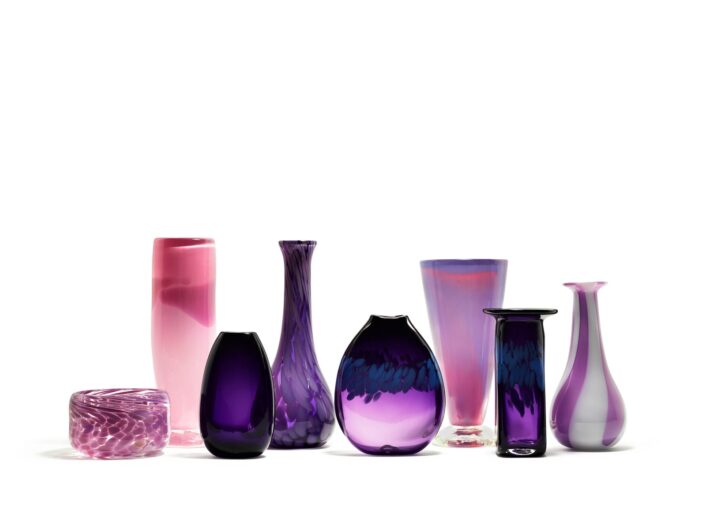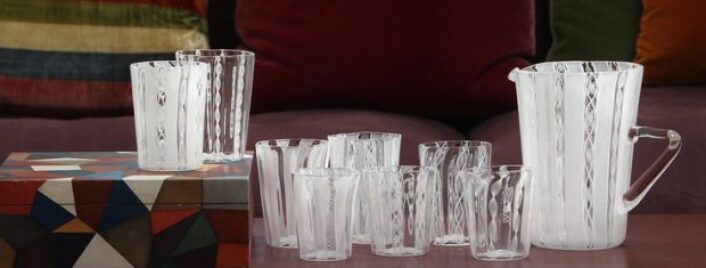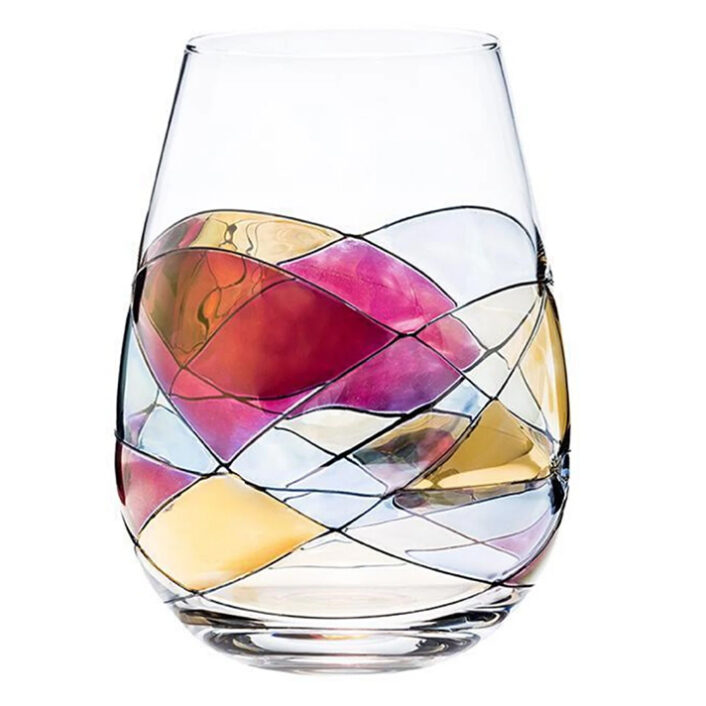Design
IVV Italian Glassware
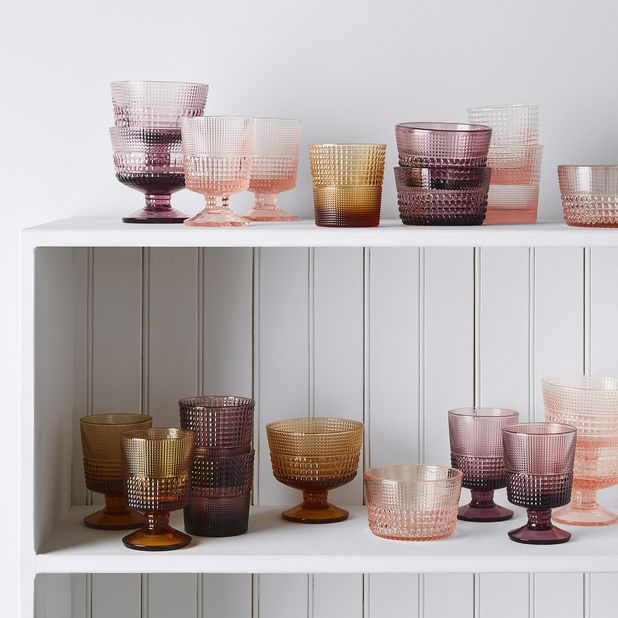
Italian Retro Gelato Bowls.
Image courtesy of: Food52, photographed by: Ty Mecham and Rocky Luten
IVV stands for Industria Vetraria Valdarnese; it was founded in 1952 by a group of master glassmakers. Currently, the company is one of the few remaining glasswork businesses that still produces in Italy. IVV was founded as a Workers’ Cooperative; it continues to abide by the principles established sixty years ago.
Over the past six decades, IVV has become known as one of Europe’s leading manufacturers of handmade blown glass. Through years of research and innovation, traditional artisan techniques and stringent process controls, the glass pieces designed are more “work of art” than functional products.
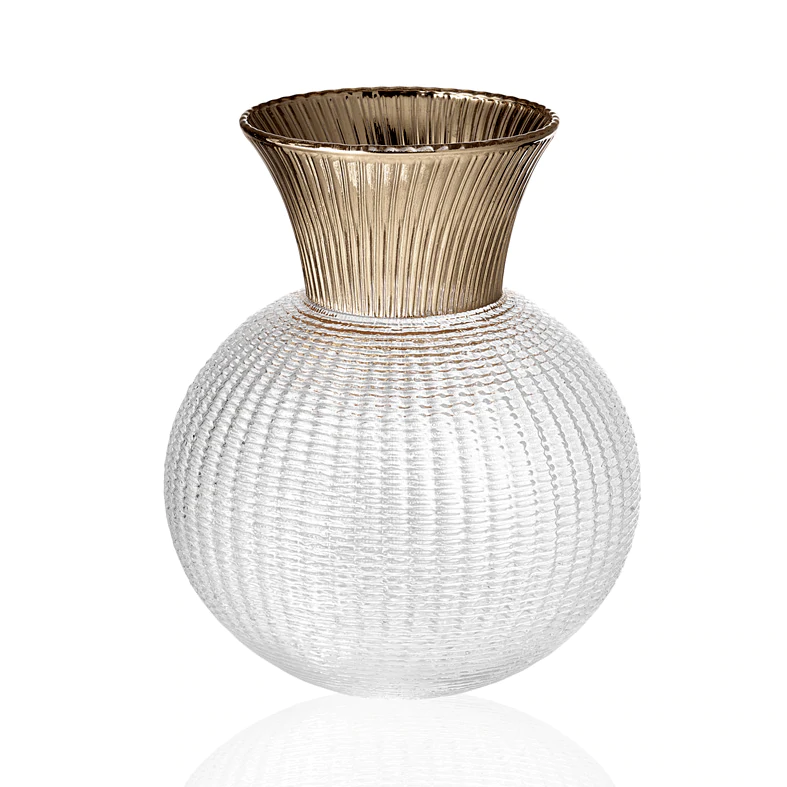
Ophelia Vase, available in clear glass or clear glass with a golden rim.
Image courtesy of: Luxx Design
IVV’s strong connection to their location, in Tuscany near Florence, allows for a constant link strongly tied to a heritage of culture and tradition. Those long-held values serve as a constant source of inspiration. Over the past sixty yeas, the company has rapidly grown; now over sixty employees work in the 81,000-square-foot factory. Today, IVV has a presence in over seventy countries and the wide array of products are frequently selected by top designers and consumers throughout the world.
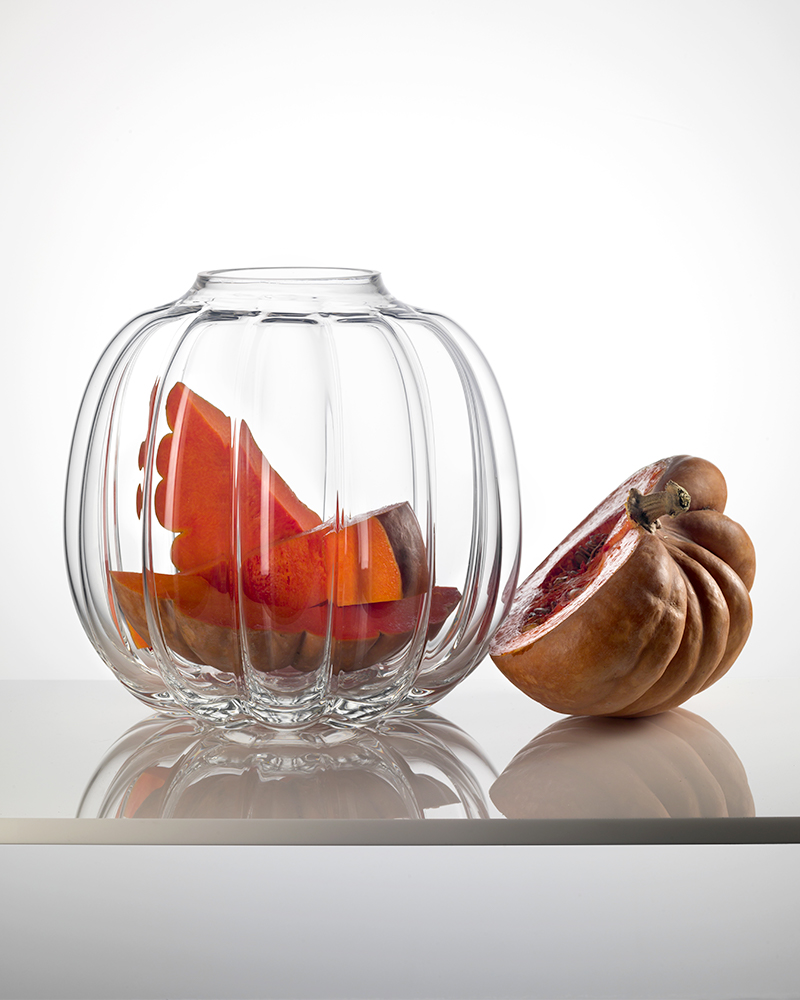
The Bibbidi-Bobbidi-Boo Vase first debuted in 1959, the shape was inspired by pumpkins. Feeling as though magical powers were often connected to pumpkins, the master glassblower designed this as a gift to his daughter. Legend says that the daughter was infatuated with Cinderella at the time; she was specifically infatuated with the part where the pumpkin turns into a carriage.
The piece was blown by mouth and presents “various technical difficulties in its realization, linked to shape and size.” As such, the re-edition was pursued by only IVV’s most experienced glass masters.
Image courtesy of: IVV
Years ago, IVV realized that beautiful, luxurious objects CAN be produced for everyday use… those luscious pieces do not have to be a part of an exclusive collection. As such, IVV intensified the link between design and function. For the Made in Italy collection, the production philosophy was “the symbol of ‘being Italian’ in the world.”
As each object is handmade, the master glassmaker molded each piece… giving it his own character and (courtesy of the website), “infusing the form with a lightness and energy that only artisan passion can achieve.” The minute differences are, in essence, the glassware’s fingerprints… each unique and distinctive. In addition, the high quality of raw materials and the ovens’ high temperatures flush out impurities. All of these aspects work together to ensure that the glassware is without unwanted elements.
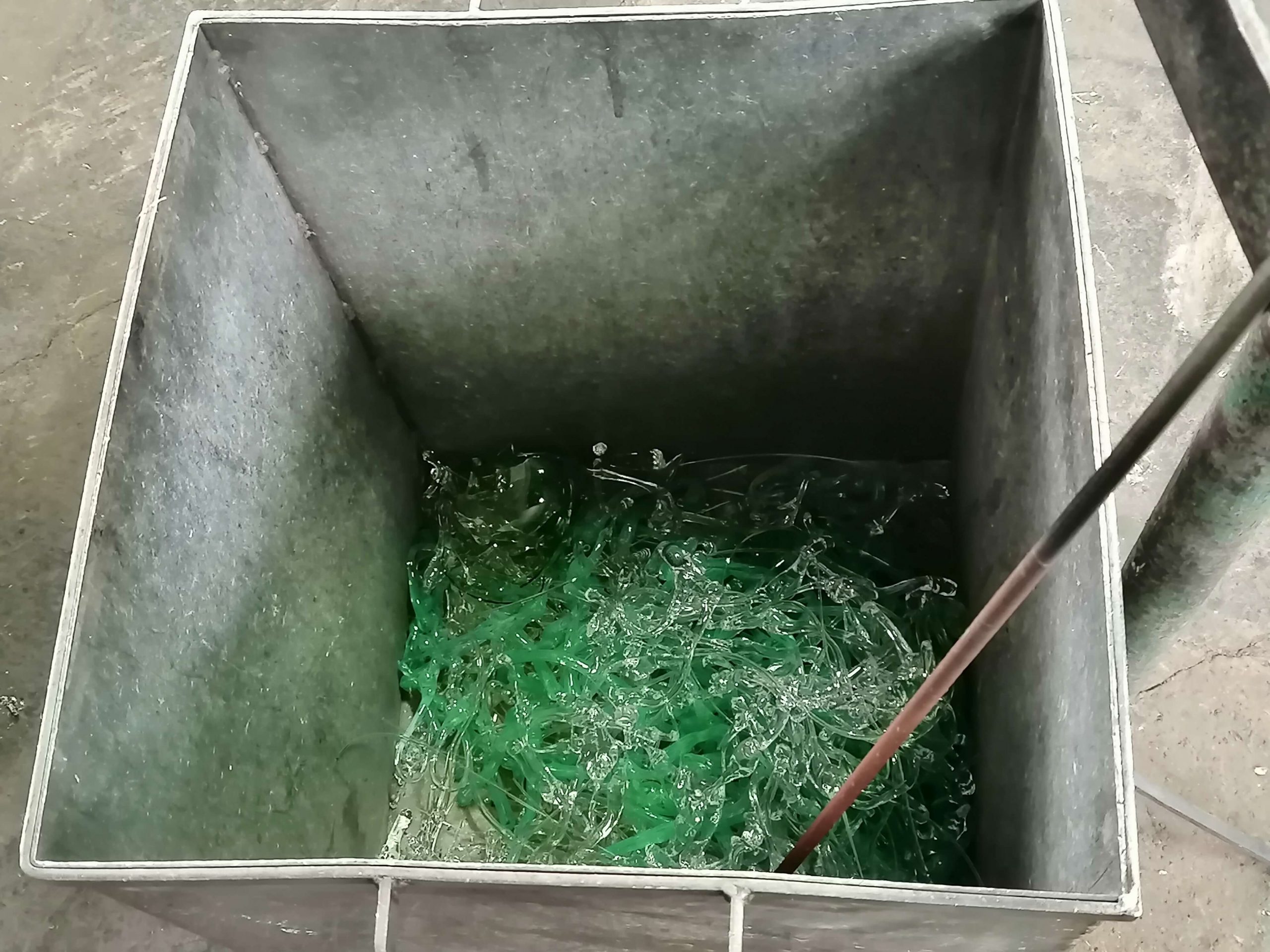
Pieces of glass waiting to be recycled…
Image courtesy of: IVV
IVV has made sustainability a priority and the company strives to adhere to environmentally-friendly practices. For example, the soda lime glass is lead-free and the solid colors are achieved with non-polluting oxides. The glass is recycled internally, adding to efficiency in production.
IVV uses only sand from Belgium and the glass’ color is achieved via the paste of the glass. In regards to recycling, the company only recycles their own glass in order to ensure that future pieces will be produced from only the highest quality of materials. Finally to maintain their part in battling global warming and air/water pollution, last year IVV decided to forgo glossy, captivating packaging for simple Havana cardboard.
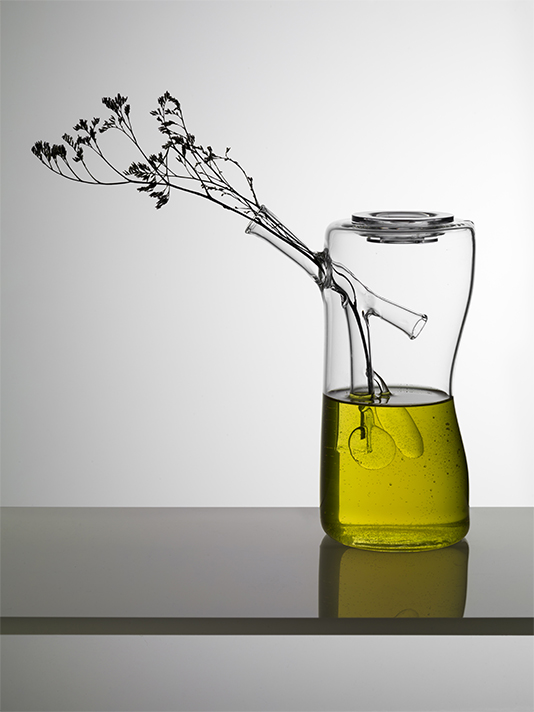
Pasqua, a vessel for olive oil. Designed by Marta Sansoni, 2020.
Image courtesy of: IVV
In 2020, the company wanted to rediscover “the essence of its roots- the transparency, essentiality and simplicity of the products made from the 1950s to the 1990s.” The hope was to collaborate with some of the top names in Italian design. Among those designers were Marta Sansoi and Alessandra Baldereschi… two female designers who are geniuses at portraying the unique link between “creative innovation and the action of an object.”
